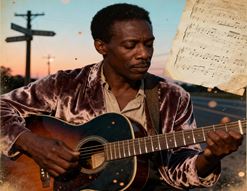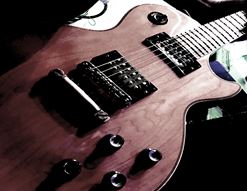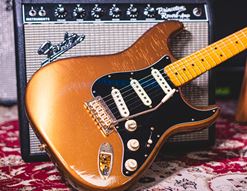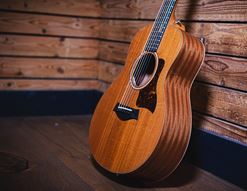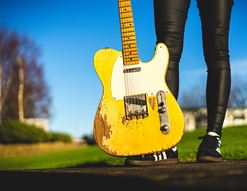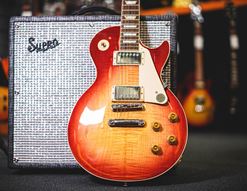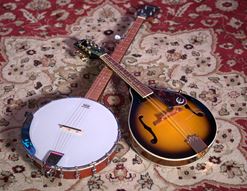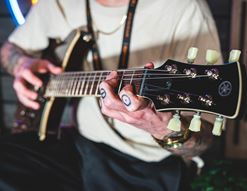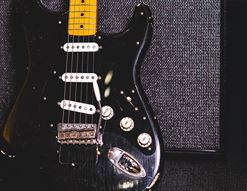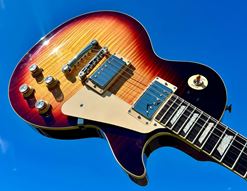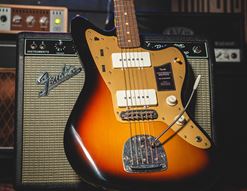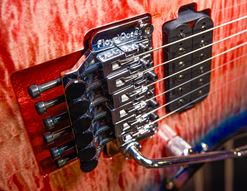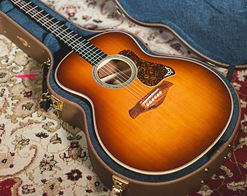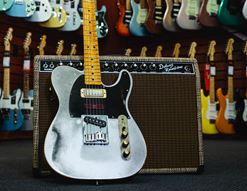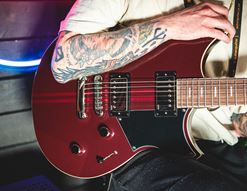Do you have trouble finding guitars for kids?
Lots of people do, and that’s why this blog exists! At guitarguitar, we have lots of great guitars that will be perfect for children, so my aim today is to bring them all together in one place for you!
Acoustic and electric guitars will be included, all in down-sized form to fit mini fingers! Guitars are often available in ½ size, ¾ size and full size, along with general ‘mini’ descriptors that are maybe less specific. We’ll see them all today! I’ll advise as I go along, so check out the full article and see what resonates with your own guitar-buying plans!
Contents
What Size of Guitar Should My Child Play?
Should I Buy an Acoustic or Electric Guitar for My Child?
What Size of Guitar Should My Child Play?
What size of guitar should you buy for your child? It’s a tricky question, because not only are kids of the same age all different sizes, but they grow up so quickly that an instrument that’s a perfect match now could be too small by next year!
The best way to find out is to visit one of our guitarguitar stores and have the child actually handle a few. To be honest, it doesn’t matter if they can play or not: simply getting them to hold a guitar on their lap should tell you enough about the relative size, their reach and so on.
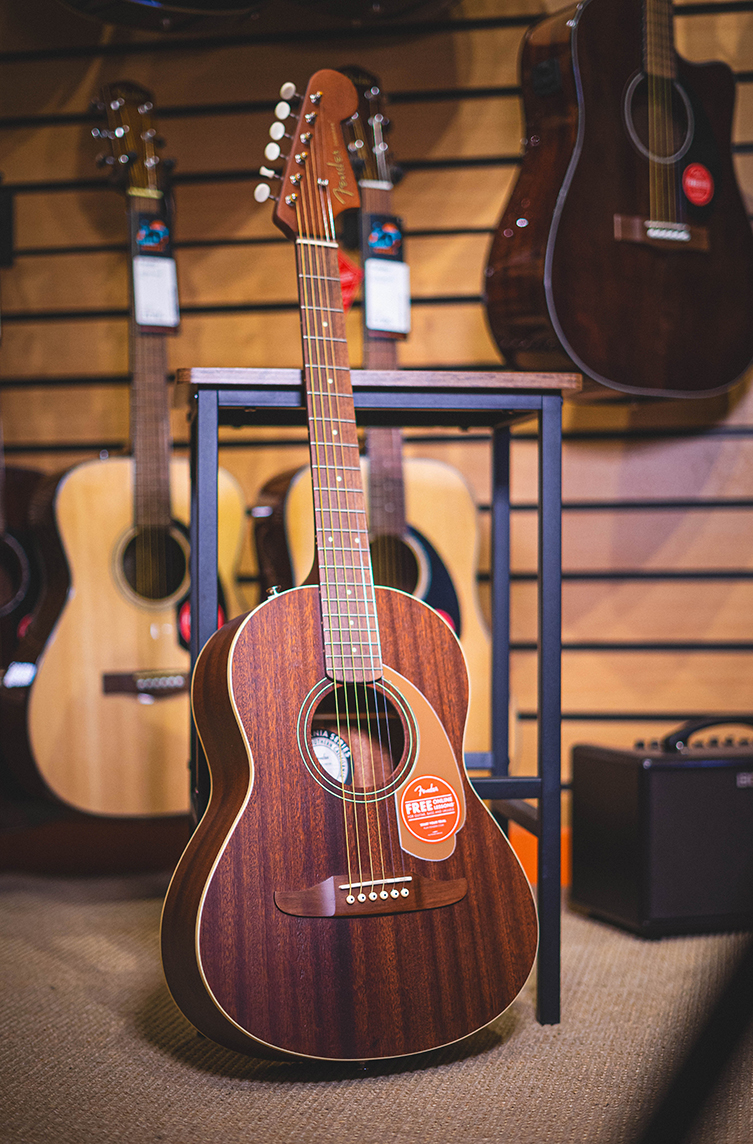
But for a vague reference point, I feel like the following is a sensible way to approach guitar size…
- Child age 6-9: Half size guitar
- Child age 9-12: Three-quarter size guitar
- Child age 12 upwards: Full-size guitar
Use that as a rough guide, and don’t be afraid to buy a ‘size up’ or indeed down, if that seems a better fit.
Should I Buy an Acoustic or Electric Guitar for My Child?
The next question is this: should you buy your kid an electric guitar or an acoustic guitar? With acoustics, there is also the distinction of nylon string ‘classical’ guitars and steel string acoustics. It’s another tricky one, because there are a few factors involved.
Here are the things to bear in mind:
- Acoustic guitars are complete in and of themselves: they do not require an amplifier or a cable.
- Acoustic guitars can be relatively loud in smaller spaces.
- Nylon string acoustics have softer-feeling strings that are easier on fingertips.
- Electric guitars are perhaps viewed as being more exciting and fun.
- Electric guitars can be played unplugged, but only really come to life when plugged into an amplifier.
- Guitar amplifiers can be turned down for quieter practice, and many have headphone outputs for even quieter practice!
- If the child is already interested in music, what type of music are they interested in? Does it contain electric guitars or acoustics? Whatever they like listening to is what they’ll be looking to learn.
- Electric guitars generally have slimmer necks than acoustic guitars, therefore are easier to play. This is lessened with smaller guitars, but still generally true.
So, with all of that in mind, you’ll see that there are benefits and drawbacks to each. Ultimately, it’s your call! Acoustic guitars for kids can be had for relatively little cash, whereas electric guitars are slightly more expensive, and really require you to add in a small amplifier to the cost.
Now, here are some guitars to look at, all of which are perfect first guitars for your child!
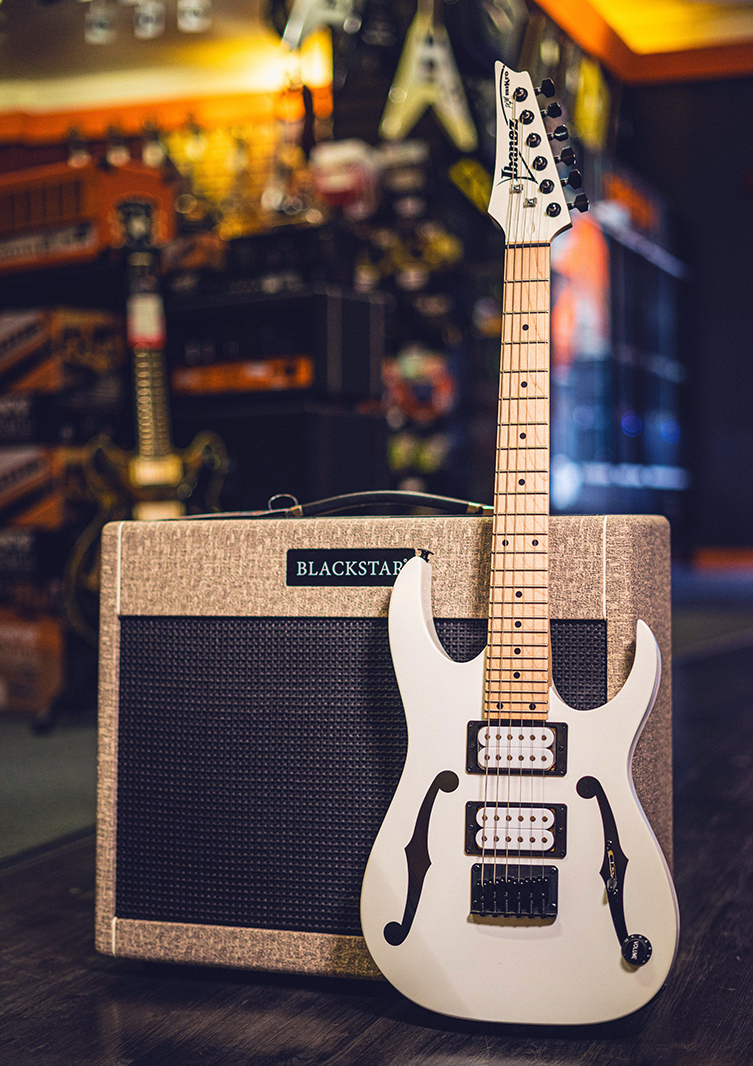
Classical Guitars for Kids
Classical guitars use nylon strings and so they are softer on the fingers. They make a pleasant sound that is slightly quieter and less rhythmic than a steel string acoustic.
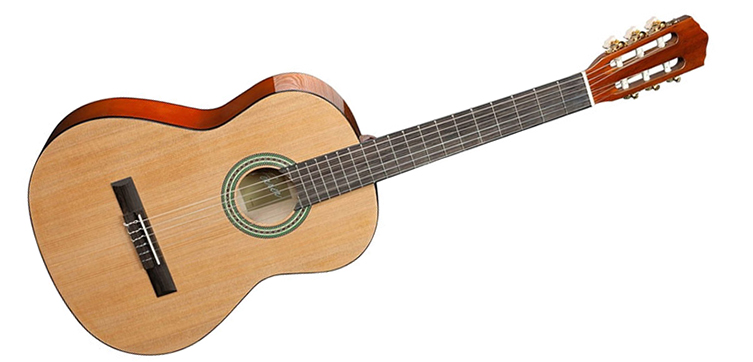
Jose Ferrer Estudiante ½ Size: a great choice for small players, also excellent value.
Jose Ferrer Estudiante ¾ Size: the same great beginner’s guitar as above, but slightly bigger and longer.
Yamaha CGS102AII ½ Size: an upgrade in quality here, from a recognised ‘big brand’. Still a very good price, and this would make a nice ‘travel guitar’ once the child has outgrown it!
Acoustic Guitars for Kids
Acoustic guitars have steel strings and can be played with no additional equipment, just like classical guitars. The steel strings can take more time to get used to than softer nylon strings, but that’s all part of the process for every musician!
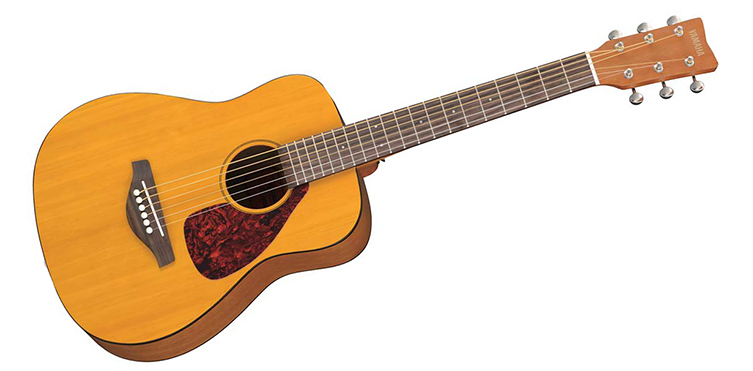
EastCoast M1S: a small body but a nice, full sound at a great price. The satin finish is helpful, because the neck is ‘non sticky’, which can be an issue for beginners.
Fender Sonoran Mini: a very stylish ¾ sized guitar from the biggest brand in the guitar world, Fender. This is very easy to handle, and has cool features like a headstock that’s designed to look like the one on the famous Fender Stratocaster.
Yamaha JR1: Yamaha’s build quality is famous across the board from their most expensive guitars to their most affordable. This JR1 model is an excellent choice for children, and again, it’ll make a nice travel guitar for adults.
Electric Guitars for Kids
In many ways, electric guitars are both the easiest to play and the most fun. This is where you will find bright colours and cool shapes, so if your child is a budding rock star, then a kid-sized electric guitar might be the answer.
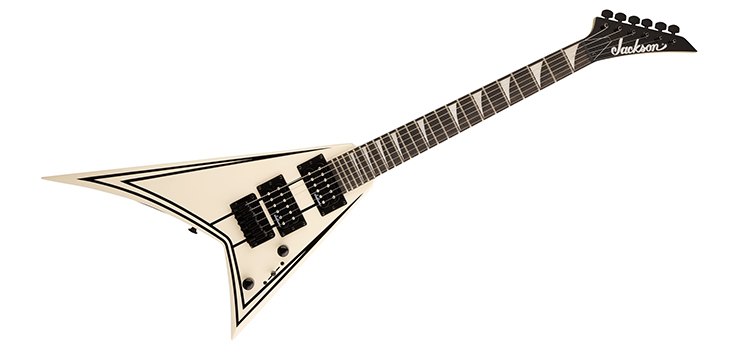
Jackson Minion JS1X RR: Jackson make loads of cool kids guitars in their Minion range, so please do check out the full range for neon green guitars and more! I picked this one, though, because as a kid, I always wanted a spiky V-shaped guitar. They didn’t make them like this back then! This one is actually a tribute to one of Ozzy Osborne’s most famous guitarists, Randy Rhoads, so there’s some extra special coolness to this cool Jackson Minion!
Squier Mini Stratocaster V2: Squier are a subbrand of Fender, whose guitar models are arguably the most popular in the world. The Squier Mini is a shrunken Stratocaster, so it’s roughly ¾ in size (I’d actually say it’s a little smaller than that). It has that well-known ‘Strat’ sound (Dire Straits and Jimi Hendrix sounds), and is extremely comfy and manageable to play.
EastCoast ST1-34: EastCoast specialise in beginner guitars, and if this looks similar to the one we just saw it’s because it too is based on the Fender Stratocaster. This one isn’t associated with Fender though, but it’s still a good quality starter guitar. This is ¾ too, but the overall size is slightly larger. This guitar also has a ‘whammy bar’, which is the metal arm you see attached to the bridge. This allows the player to make some fun noises, but the downside is that whammy bars often put the guitar out of tune quickly!
Ibanez Mikro PGMM21: here is another fun range of smaller guitars, this time from Ibanez. Ibanez are well known for their eccentric guitars, and some of these Mikro guitars definitely live up to that! The one I’ve included is based on famous rock guitarist Paul Gilbert’s own signature Ibanez guitar, complete with painted on f-holes!
It’s All About Fun
Learning to play the guitar is all about having fun. If it’s fun, the kids will stick with it, and as soon as they notice that they are improving, they’ll only get more and more into it all.
Use this guide to help guide yourself and your child to their first guitar. Our instore staff are always more than happy to help out, too, so please ask them any questions that might spring to mind.
Above all, encourage your kids to have fun playing the guitar. Support them, and their joy will become yours, too!
Click to View our Kids Guitars


